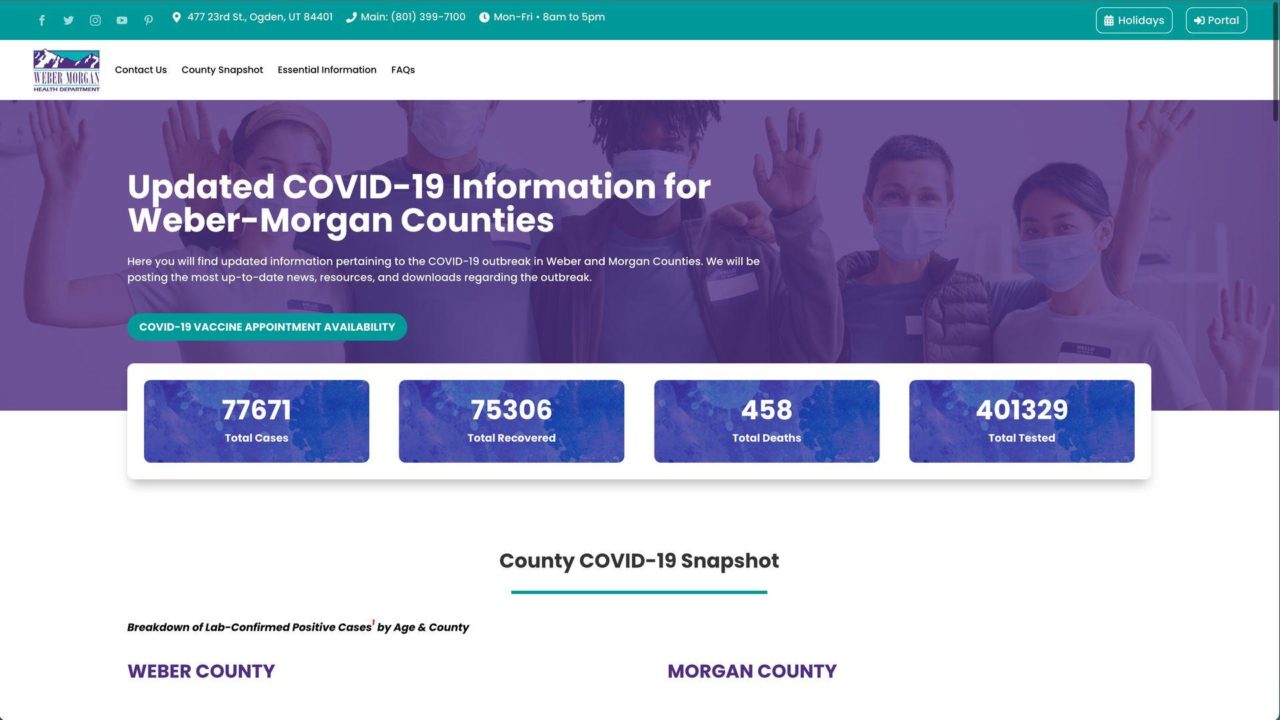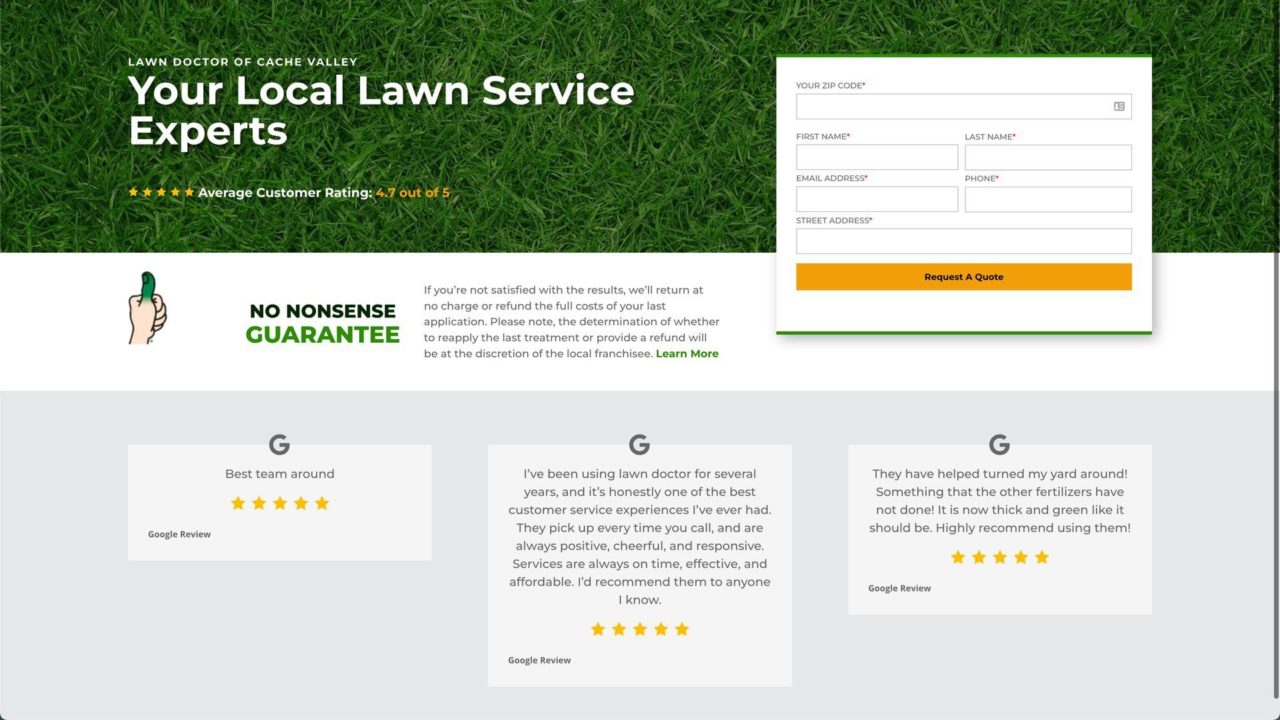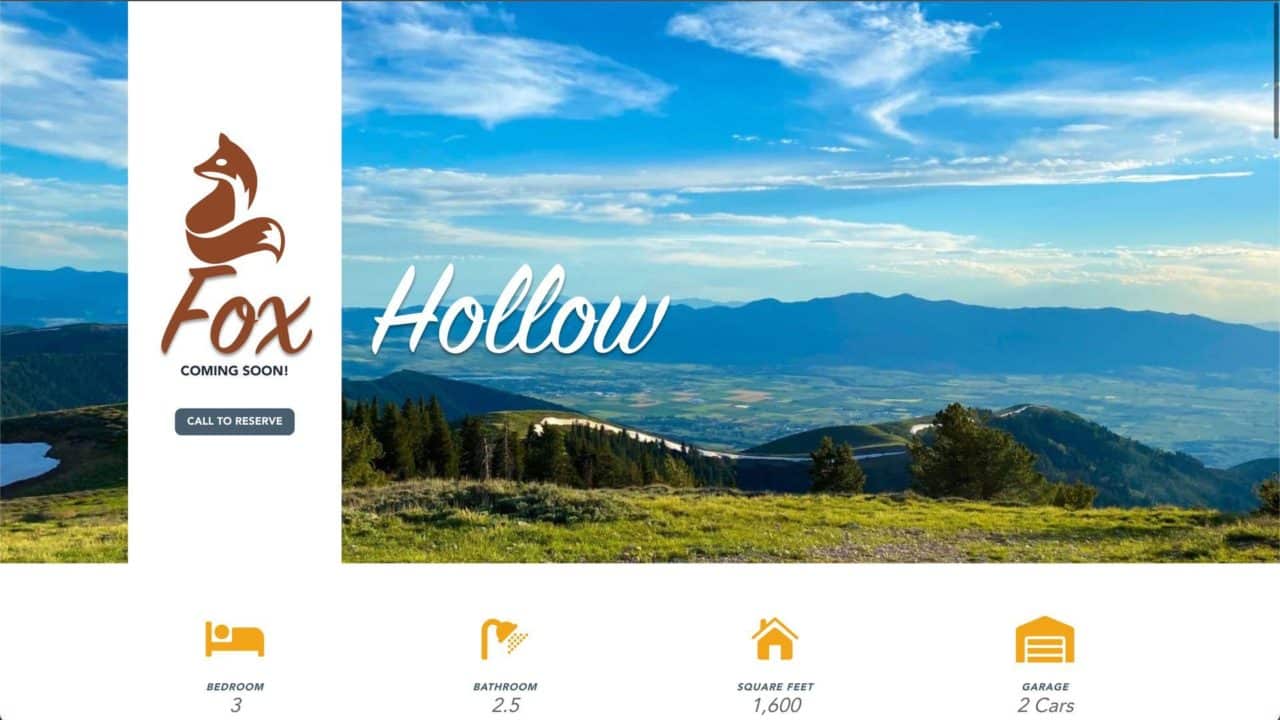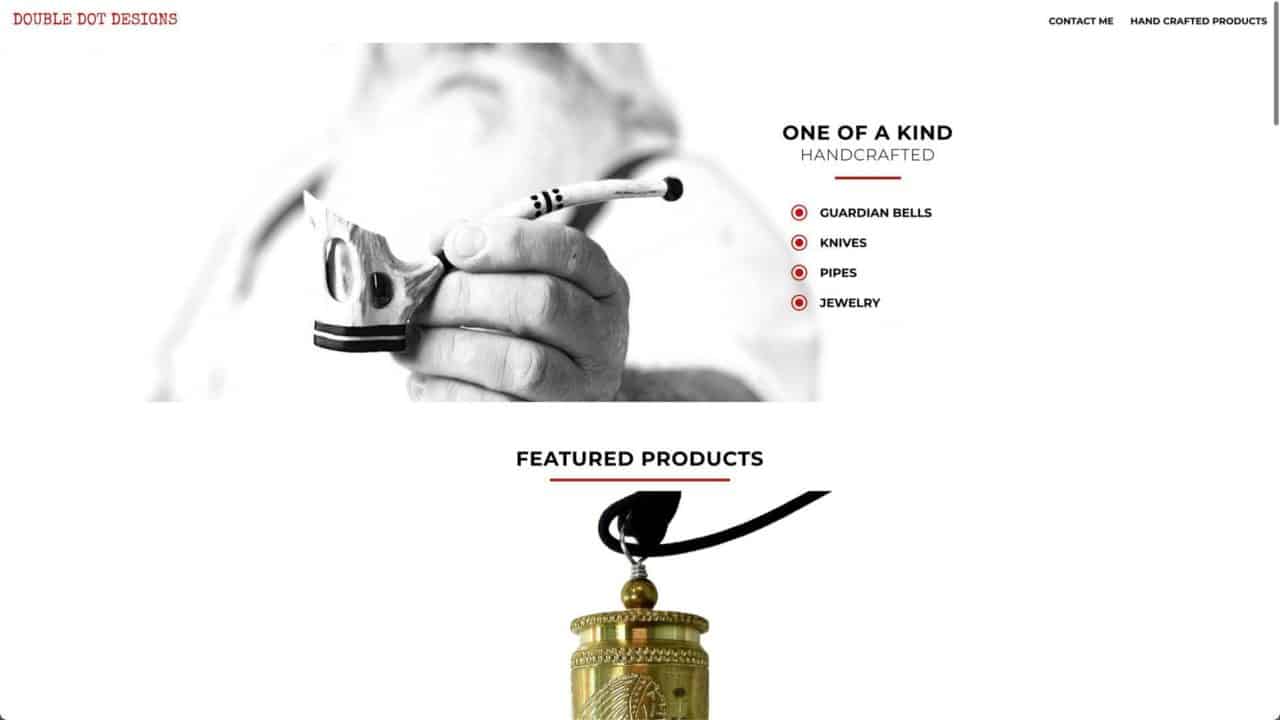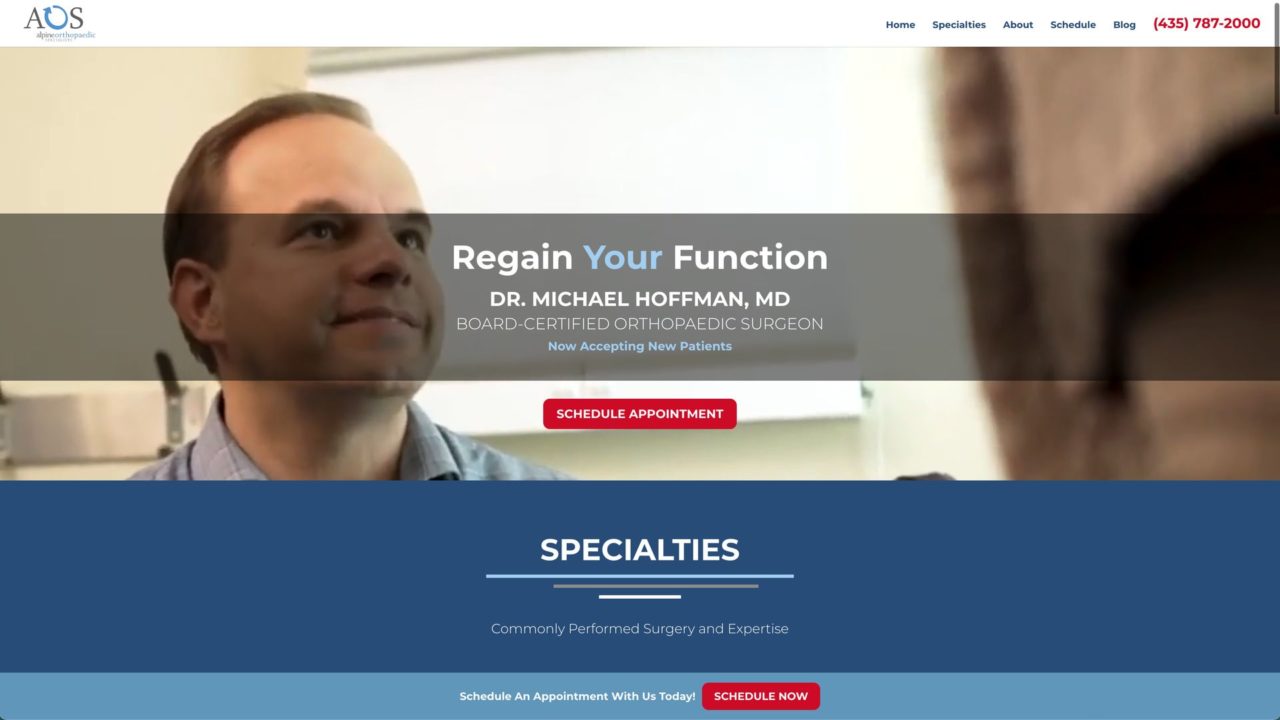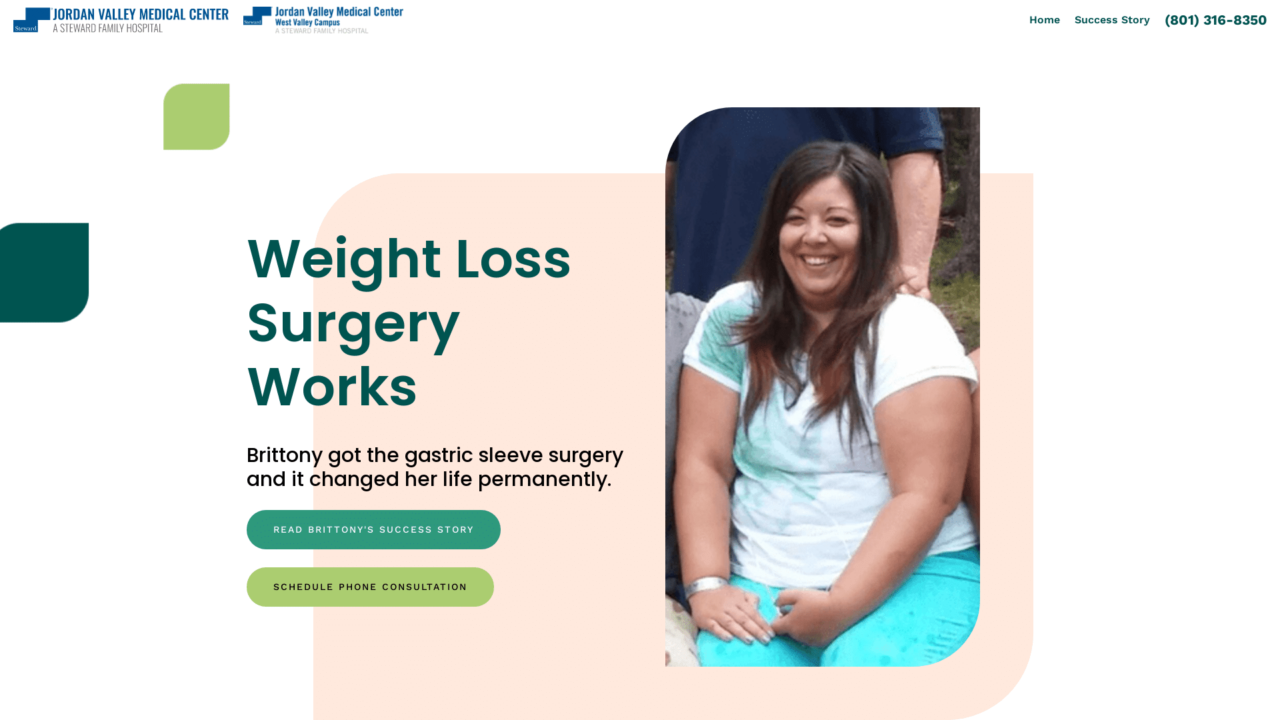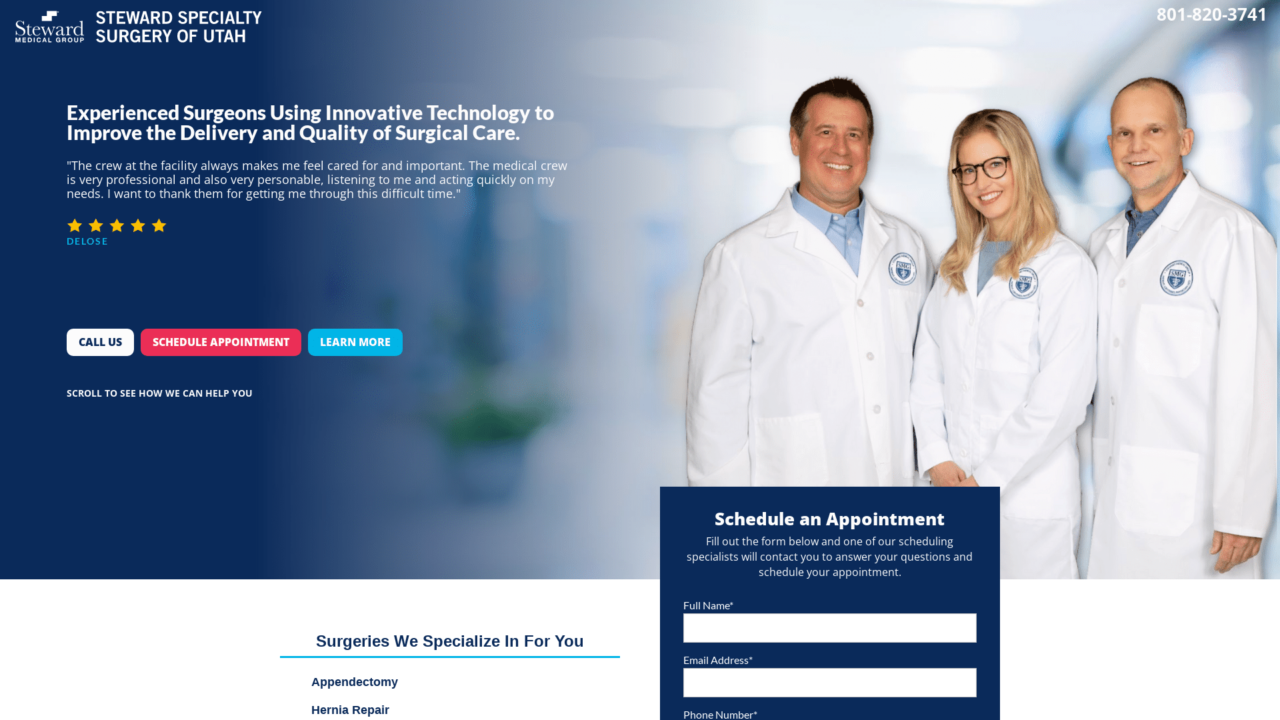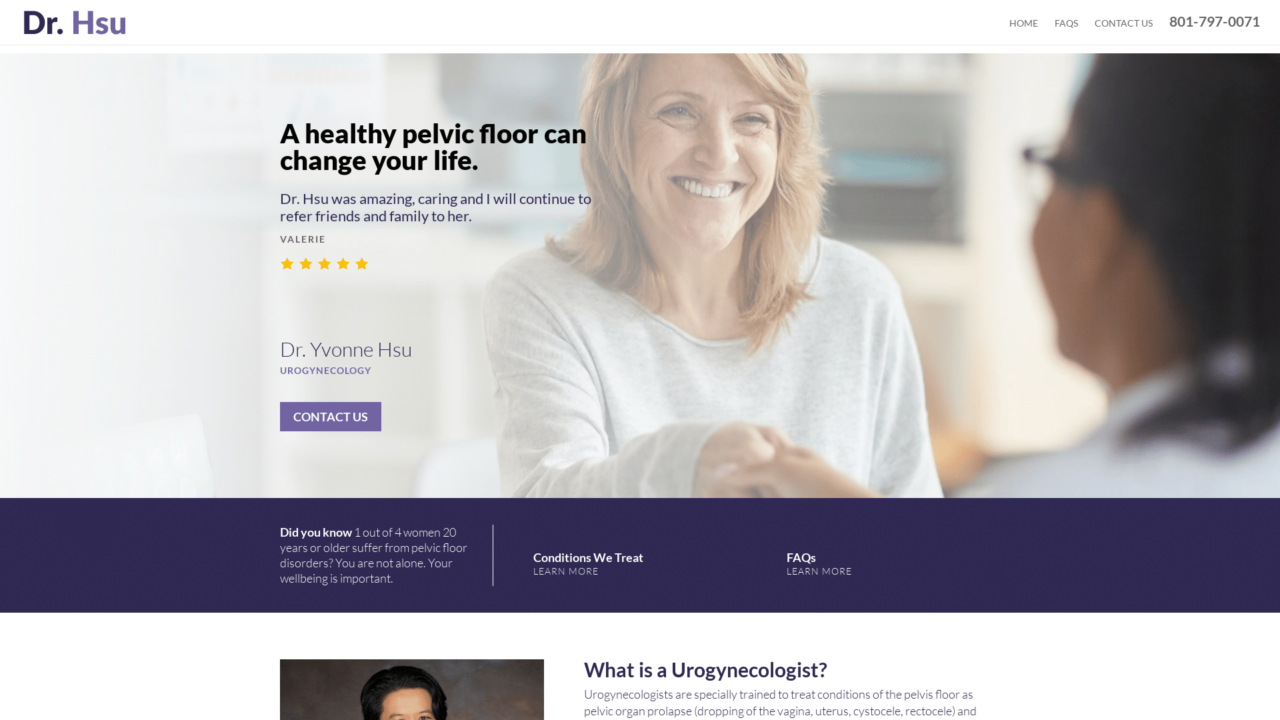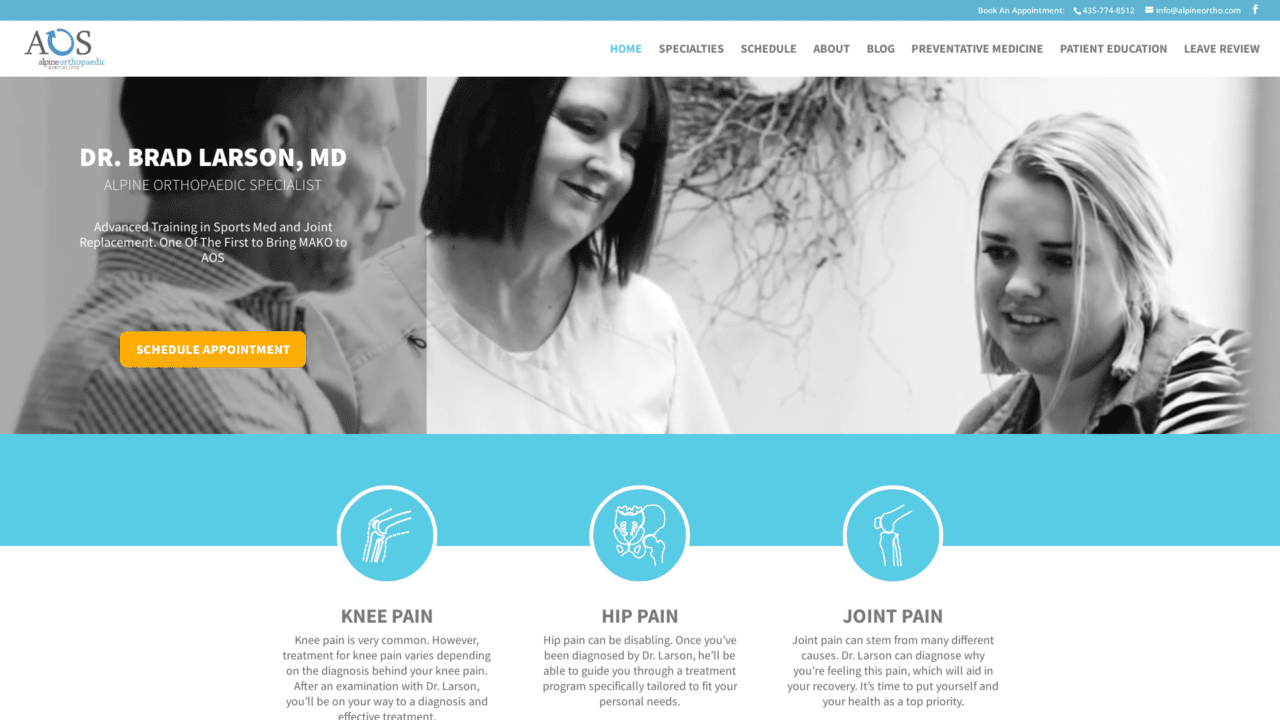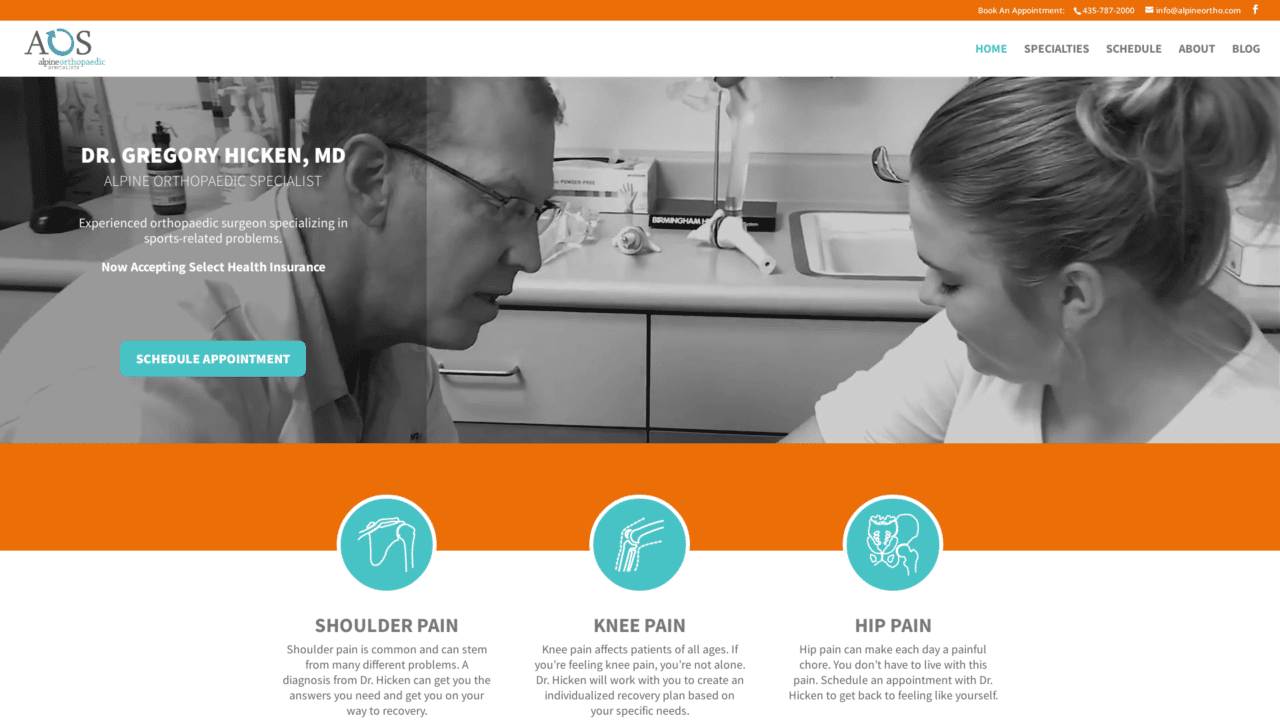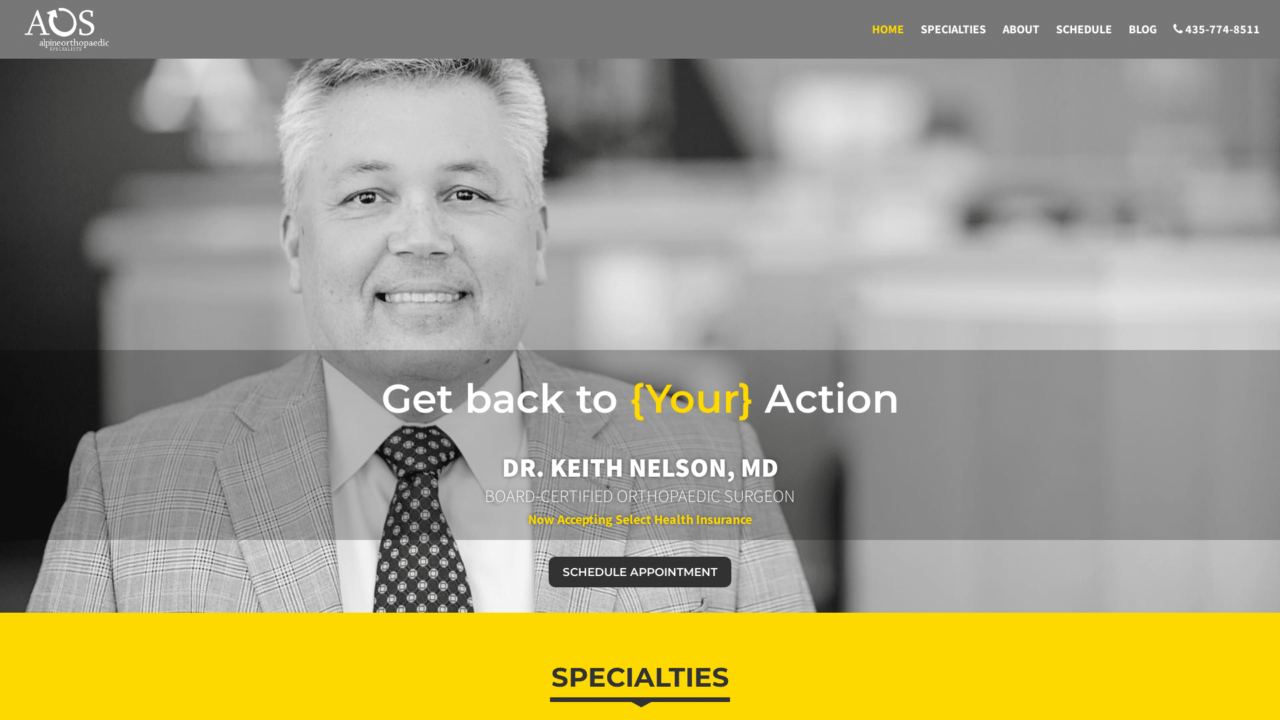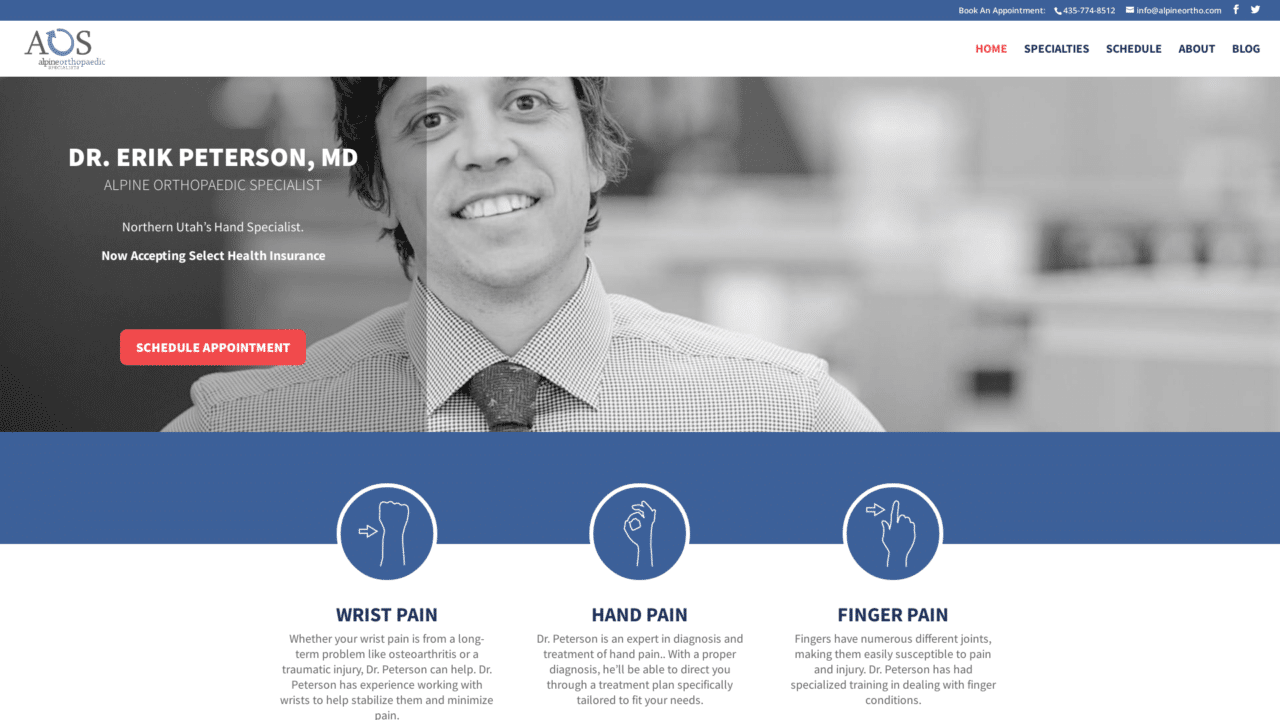Landing Page Websites
Single Page Packed With Info & Primary CTA
Landing pages are created to be the destination of paid marketing. A successful landing page has a High Value Content Offer and your primary call-to-action, the one thing you will measure the success of this page on.

What is a Landing Page vs a Website?
A landing page is a single page, with no navigation, and no ‘jumping off points’ that would distract a visitor from reading and scrolling down the page to the main offer or purpose of the page.
A website has multiple pages, with a navigation, and links to bounce around to different pages. A website, as well, can have calls-to-action and purpose behind, but are built with the intent of visitors exploring and learning page-by-page.
For example, lets say you’re searching online for information on how to start a side-hustle. The results produce all kinds of results but the one that catches your eye is this Step-by-Step Guide to Successfully Starting a Side Hustle. You click on it and it takes you to a page that immediately describes why anyone would want a side hustle, the background of who wrote the guide, their success and how YOU TOO can be successful by signing up for their course. Then there will be some reviews, testimonials and another time sensitive invite to sign up for the course.
This page won’t have any other links, they aren’t going to show you a blog feed of recent updates, and it will be hyperfocused on establishing trust and desire so that you purchase their course.
Common Elements Found on a Landing Page
No Navigation or Links
There is not a hard-fast rule that these cannot exist on a landing page. Some business owners feel that by including these it can help the landing page appear as more of a soft-close than a hard close on a specific offer.
However, by removing such “distractions” from your landing page can encourage visitors to keep scrolling if they want to learn more, as opposed to immediately jumping to the About page or anywhere else they feel might answer their question quicker.
Acknowledges Pain Points
People are looking for solutions or answers to a problem, and your landing page needs to quickly demonstrate that you know what that is.
The best way to do this is use the same words they use when describing the pain point, almost as if you put into words everything they’ve been thinking and feeling.
Establishes Credibility
Every hero has a guide, or a trainer, or someone to help them find their way to greatness. Everyone wants to be the hero in their story. Be sure to not position yourself as the hero in someone else’s story, it’s a turn-off.
Reviews or Testimonials
This can often ‘seal the deal’ on an already compelling offer or product. It adds to your credibility and speaks to the pain point you address early on.
High Value Content Offer
Because at this point in the landing page, you will have already indicated you understand their problem. You can guide to them because of your experience. Others trust you.
Now it’s time to buy.
+ Data Privacy & Accessibility pages. Learn more about why these pages are important for any size and style of website.
